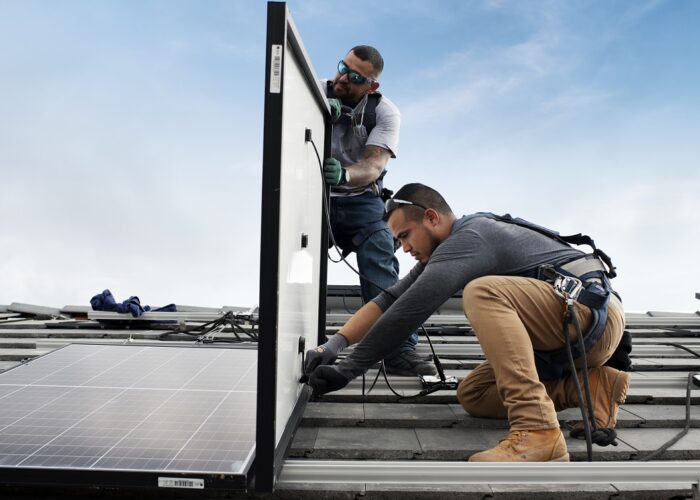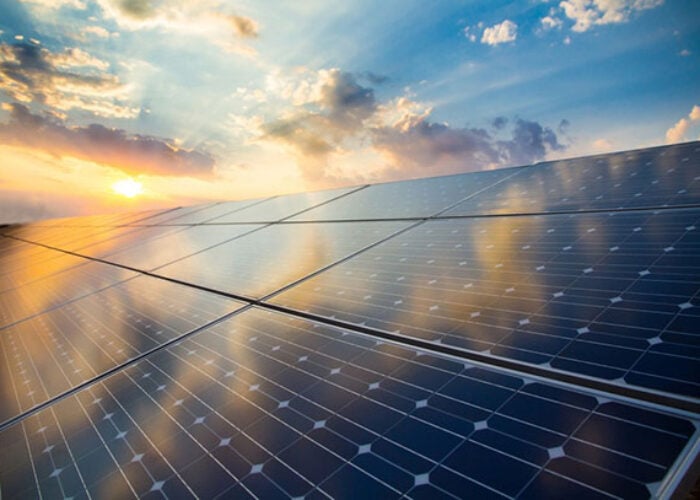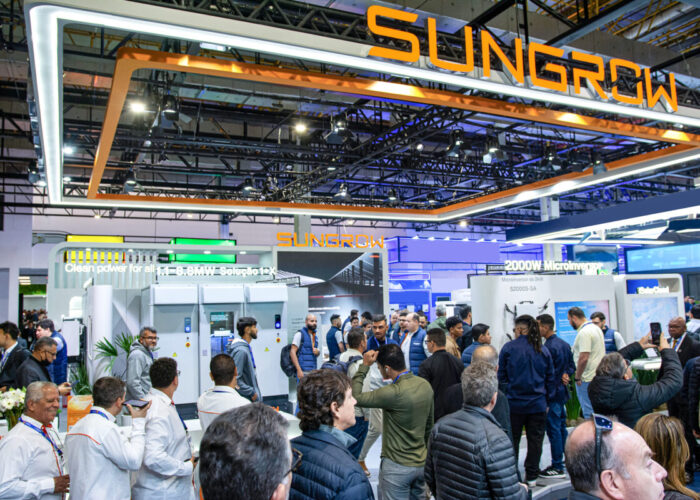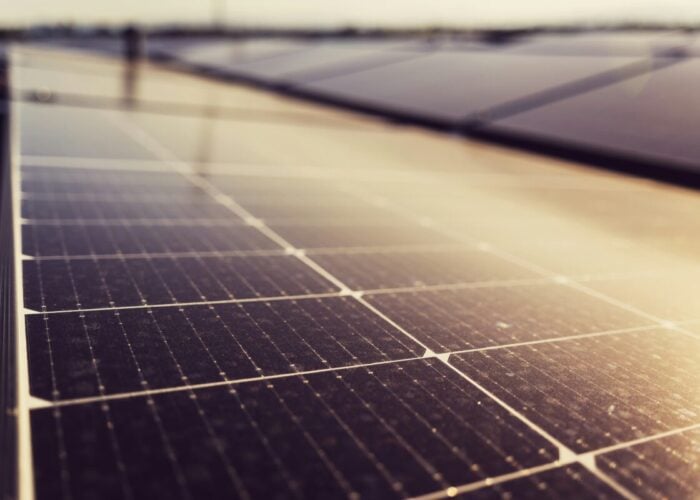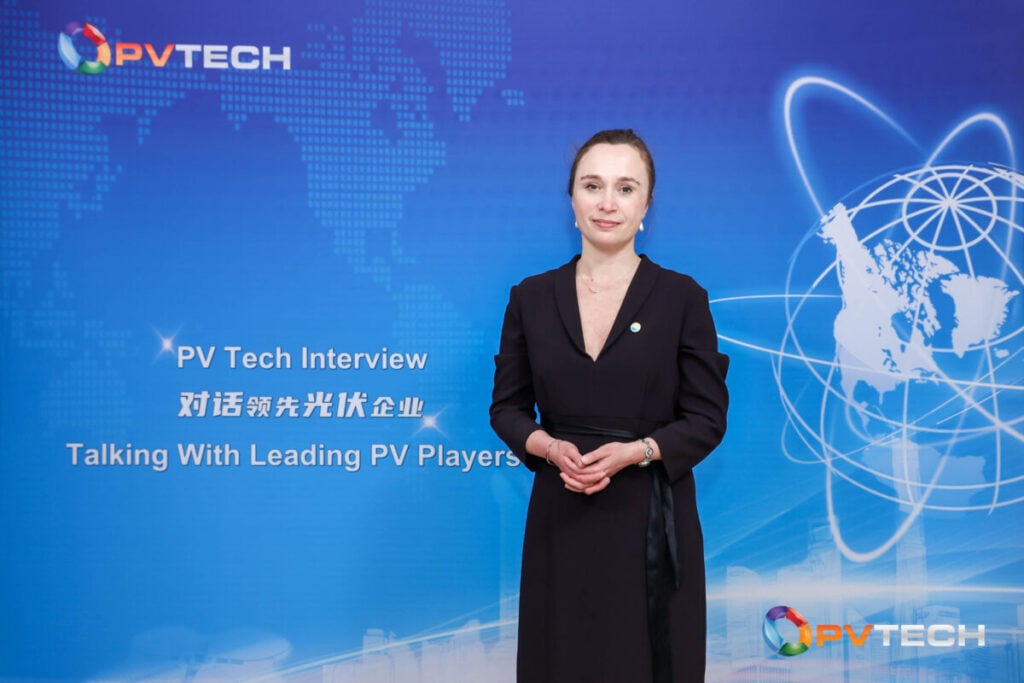
A collective effort will be required by the global solar sector to realise the potential of the solar PV industry, according to Sonia Dunlop, CEO of trade body the Global Solar Council (GSC).
Dunlop spoke to PV Tech during last month’s SNEC event in China, and noted that, while the solar industry has made significant progress in recent years, more work is still to be done. She noted that in 2023, the world installed 440GW of new solar capacity, and is on track to add a record 550GW this year, as solar becomes the “dominant” form of renewable power by the end of the decade.
Unlock unlimited access for 12 whole months of distinctive global analysis
Photovoltaics International is now included.
- Regular insight and analysis of the industry’s biggest developments
- In-depth interviews with the industry’s leading figures
- Unlimited digital access to the PV Tech Power journal catalogue
- Unlimited digital access to the Photovoltaics International journal catalogue
- Access to more than 1,000 technical papers
- Discounts on Solar Media’s portfolio of events, in-person and virtual
“We need to be thinking more globally in terms of our approach to the global supply chain, and we need a global strategy and a global consensus in terms of how we’re going to achieve this,” Dunlop told PV Tech. “This is why we really need to start working together, and use the GSC as a platform for dialogue on supply chain issues, and on issues around the future of the solar industry.”
Dunlop also highlighted a number of challenges facing the solar sector – many of which she believes will be alleviated by a more collaborative approach to decision-making – including a lack of grid capacity, financing challenges and workforce issues.
The former issue has been well-documented, with 2.6TW of power awaiting connections in the US and a lack of legislative support for grid expansion in Europe, and deciding how best to mobilise the trillions of dollars currently flowing into the renewable power sector is a question for decision-makers across the clean energy industries.
Tackling challenges collaboratively
The GSC will look to address some of these issues through a new workstream and report on grid availability, and Dunlop stressed that the council stands to represent workers across the solar supply chain, from those involved in recycling to financial advisory work.
“[We are] the voice of the solar industry at the global level, uniting every single region of the world, uniting every single part of the value chain, uniting every single one of the five million people who work in solar PV worldwide,” said Dunlop.
“Every single solar panel has to be installed with a pair of human hands, whether it be on a roof, whether it be on a utility-scale solar farm, or whether it be floating solar on a water body; these jobs are high-quality jobs, that are accessible to electricians, roofers and construction workers – with just a bit of additional training – and we want to represent those people [and] the industry that employs them.”
Dunlop’s comments echo similar sentiments in Europe, which saw EIT launch a new skills academy for training and reskilling in the solar sector last month at the Intersolar Europe 2024 event in Munich.
Looking ahead, Dunlop noted that the GSC is preparing to represent the solar industry at the COP29 conference in Baku, Azerbaijan, in November this year, as she looks to expand the influence of the solar industry on the world stage.
“[We want to] become a more powerful voice, as powerful as the oil and gas industry has been for many years at the global policymaking table.”


